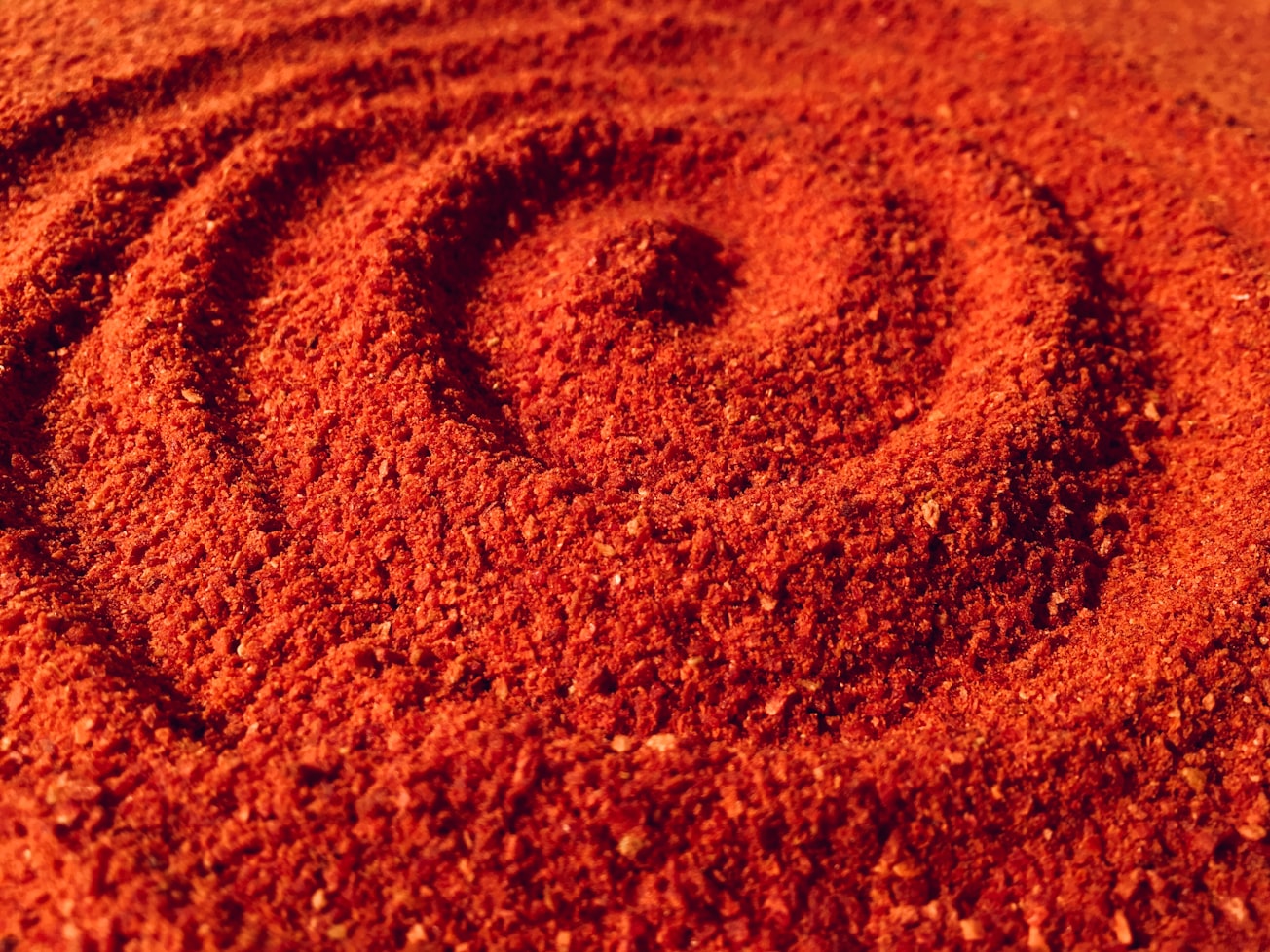What is it about?
Excitation wave patterns are seen in a wide variety of chemical, physical, and biological systems, and their dynamics and control are of interest to a broad spectrum of scientists. All these systems display rotating waves. In this paper we show that chemical excitation waves can interact directly with the electric field, unlike similar waves in other excitable systems. This work combines experiment, theory, and simulation to understand how a rotating electric field affects a rotating chemical wave in an excitable chemical medium.
Featured Image

Photo by Sina Katirachi on Unsplash
Why is it important?
Controlling rotating excitation waves in the heart is crucial to control cardiac arrhythmias. Several recent studies have focused on how to control a pinned excitation wave using external electric field, by unpinning them first. The mechanism of unpinning is different in different types of excitable media. This is the first unpinning study using a rotating electric field in any experimental excitable system. Based on the experiments and numerical simulations, we have determined that the mechanism of spiral unpinning using a circularly polarized electric field in the excitable chemical system differs from that in other excitable media. The excitation wave in the chemical medium is charged, so it can directly interact with the electric field. This is a unique feature of the chemical excitation wave. The chemical wave in the BZ reaction unpins when the electric force opposite the direction of the spiral is equal to or above a threshold. We developed an analytical relation of the unpinning phase with the initial phase, the pacing ratio, and the field strength. This is then verified with experimental and numerical results.
Perspectives
Because of the similarity of excitation waves in different types of excitable media, people have used studies in one system as a proxy to studying the dynamics of excitation waves in the heart. The chemical waves have been a favorite experimental system to study such waves. Our work clearly show that chemical waves are different from cardiac waves in terms of their interaction with external electric field. Our work reiterates the active nature of chemical waves- they are electrically charged and can directly interact with external electric fields. In recent works it has been shown that droplets of the BZ system in an oily medium can self-propel. We believe that the active nature of chemical waves play a crucial role in this dynamics.
T K Shajahan
Read the Original
This page is a summary of: Theory and experiments of spiral unpinning in the Belousov–Zhabotinsky reaction using a circularly polarized electric field, Chaos An Interdisciplinary Journal of Nonlinear Science, June 2023, American Institute of Physics,
DOI: 10.1063/5.0145251.
You can read the full text:
Contributors
The following have contributed to this page










